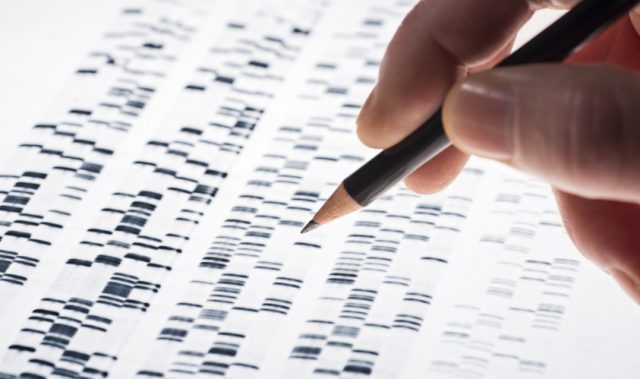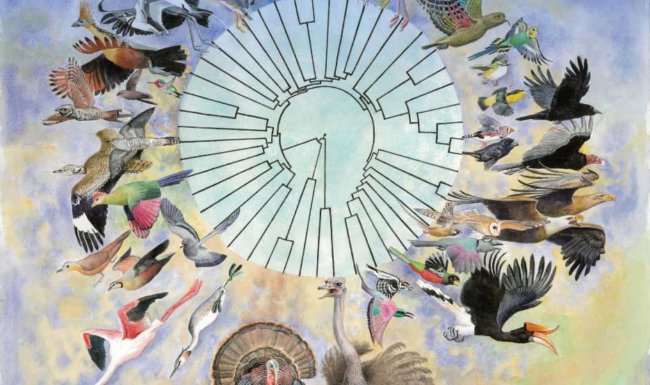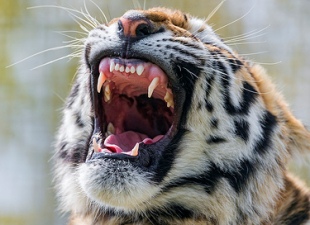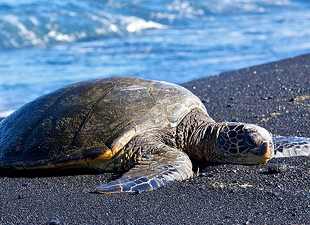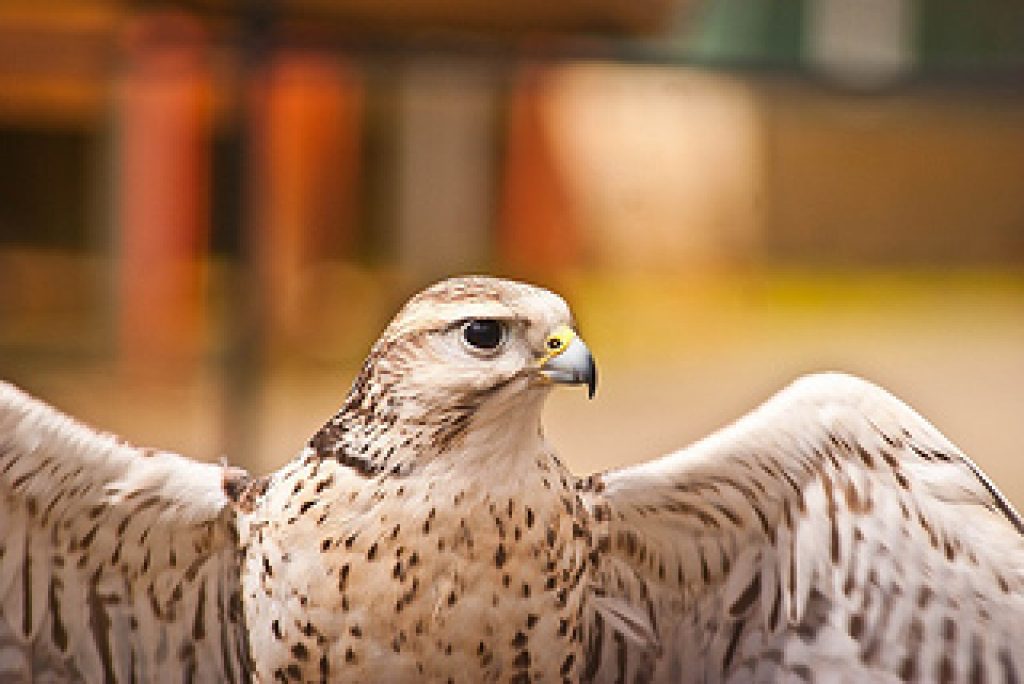
AsianScientist (Mar. 25, 2013) – Researchers have published the first analysis of falcon genomes, providing insights into the evolution of predatory adaptations in falcons. The genetic insights gained may aid in the conservation of endangered falcon species.
After announcing the complete sequencing of the peregrine falcon (Falco peregrinus) and saker falcon (Falco cherrug) genomes in December 2011, researchers working as part of the Falcon Genome Project have now published their full analysis of the two falcon genomes online in Nature Genetics.
Peregrine and saker falcons are widely distributed around the world, and possess unique morphological, physiological, and behavioral adaptations that make them successful hunters.
The peregrine falcon, known as the world’s fastest animal, can reach speeds of over 300 kilometers per hour when performing its characteristic stoop from great heights while hunting. The saker falcon, also capable of high speeds, is physically adapted to hunting close to the ground in open terrain and combines great acceleration with high maneuverability.
To understand the evolutionary basis of adaptations that make the falcons successful predators, the researchers compared the two falcon genomes with each other and also with the genomes of other bird species.
Their analysis suggested that the peregrine and saker falcon species diverged an estimated 2.1 million years ago and that the genomes of the falcon species were more similar to the zebra finch genome than the chicken or turkey genomes.
The researchers also found that the falcon genomes contained the fewest olfactory receptor genes (linked to the sense of smell) compared to the other bird genomes. This may reflect the falcons’ reliance on the sense of sight, rather than smell, in locating their prey.
They also found changes within genes known to be important for beak development in the falcon genomes. Further analysis showed that genes contributing to beak development were positively selected for in the falcons but not in chicken or zebra finch.
The falcon beak is characteristically hook-shaped and these genetic features may explain why the falcon beak is more robust (being longer, wider, and deeper) than those of the chicken and zebra finch.
In recent years, both falcon species have been listed as endangered species due to rapid population declines. The declines in both falcon populations can be attributed to environmental change, over-capture for the falconry trade, habitat loss, as well as the use of pesticides like DDT.
The researchers hope that further genomic analysis of various falcon populations around the world will help advance our understanding of how falcons adapt to different environments and aid in the long-term conservation of endangered falcon species.
The article can be found at: Zhan et al. (2013) Peregrine And Saker Falcon Genome Sequences Provide Insights Into Evolution Of A Predatory Lifestyle.
——
Source: BGI. Photo: Lauren Liston Photography/Flickr/CC.
Disclaimer: This article does not necessarily reflect the views of AsianScientist or its staff.




